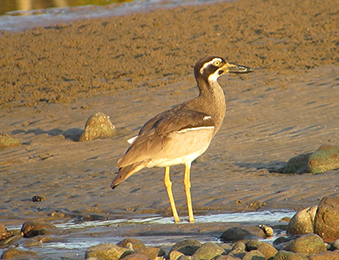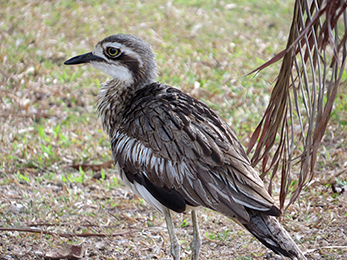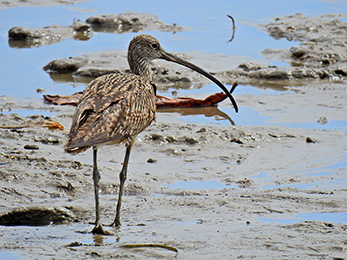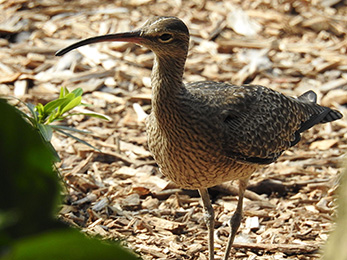CURLEWS
As the sun dips below the horizon and a dusky twilight embraces the Australian landscape, an evocative symphony begins to ripple through the stillness. The Curlews, those enigmatic members of the Scolopacidae family, commence their nightly serenade. Their calls, unique and soul-stirring, echo like whispers from an ancient world, piercing the silence with a mix of mystery and melancholy. These sounds, far from random cries in the dark, are the Curlews’ way of conversing across vast distances, marking their territories with an auditory brush, and calling out to potential mates with a song of the wild.
Imagine them there, hidden in plain sight amongst the underbrush, their mottled brown and grey plumage a masterstroke of nature’s artistry. Like living tapestries, they blend seamlessly with the earthy tones of their environment, a natural cloak of invisibility against the keen eyes of predators. Even while nesting, these avian illusionists are nearly indistinguishable from the surrounding terrain, their nests but shallow impressions in the sand, cradling eggs painted with the palette of the earth itself.
As foragers, Curlews are nothing short of remarkable. Their long, curved bills are not just a distinctive feature but an evolutionary marvel, perfectly designed to delve into the mud, sand, and shallows. With these natural tools, they probe the soft earth, deftly capturing unsuspecting invertebrates that lurk below the surface. Their vision and hearing are finely tuned for the hunt, allowing them to discern the faintest movements and sounds of their prey, even under the cloak of night.
Yet, despite their adaptations and the poetry of their existence, the Curlew’s song is becoming a lament for more than just the fall of darkness. They are confronting challenges that threaten to silence their calls forever. Habitat loss is shrinking the stages upon which they perform their nightly ballads. Pollution taints the very grounds they probe for sustenance. Predators, both natural and those brought by human encroachment, loom as ever-present dangers. And the disturbance from our own activities casts long shadows over their future.
As guardians of these extraordinary birds, it is our shared responsibility to listen to their calls not just as the soundtrack of the night but as a reminder of the delicate balance of the ecosystems they inhabit. In their haunting melodies, we are beckoned to act, to protect, and to ensure that the Curlew’s song endures as a testament to the beauty and resilience of nature.




